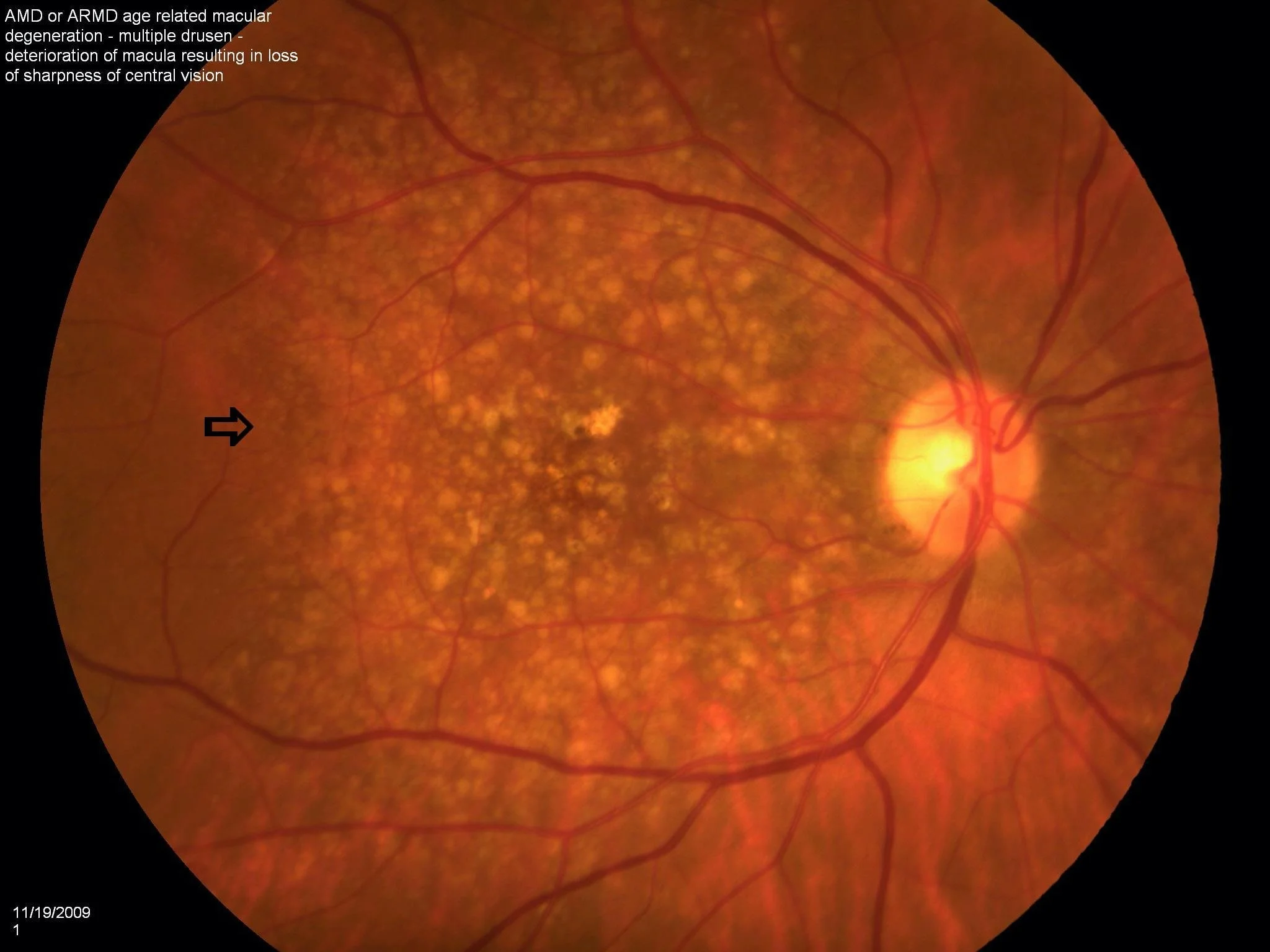Glaucoma
What is Glaucoma?
Glaucoma is a group of diseases that cause progressive and irreversible damage to the optic nerve, resulting in blind spots within the field of vision. If the entire nerve is destroyed, blindness occurs. Glaucoma is known as the “silent thief of sight” because symptoms are rarely apparent until damage is done. Glaucoma is also more likely to develop in people who are severely nearsighted, have a family history of the condition, are diabetic or are of African American descent.
Fortunately, glaucoma is highly treatable if it is detected early. The key to preventing serious vision loss or blindness from glaucoma is annual, dilated eye examination. Schedule an annual eye exam with Shoreline Eye Group to have our eye specialists assess your vision and recommend next steps.
What are My Options?
The effects of glaucoma are permanent, but with early treatment, your loss of vision can be minimized. In some patients, the damage occurs so slowly that treatment may not be necessary. However, most patients require some form of treatment, such as eye drops, to prevent or delay loss of vision. Following the treatment regimen prescribed by your doctor is extremely important. Without treatment, a gradual loss of vision may occur without you noticing. Shoreline Eye Group uses visual field testing and nerve fiber analysis to help identify glaucoma and glaucoma suspects sooner.
How Common Is Glaucoma?
Glaucoma, one of the leading causes of blindness, is estimated to affect 1 of every 50 adults. Although glaucoma can occur at any age, the risk of developing the disease increases dramatically after the age of 35. As many as half of the individuals with glaucoma, however, may not know that they have the disease. Initially, glaucoma causes no symptoms and the loss of peripheral vision is hardly noticeable.
What Causes Glaucoma?
The front part of the eye contains clear, nourishing fluid called aqueous which constantly circulates through the eye. Normally, this fluid leaves the eye through a drainage system and returns to the blood stream. Glaucoma occurs from an overproduction of fluid or when the drainage system becomes blocked, causing fluid pressure to increase. The pressure damages the optic nerve resulting in permanent vision loss. Researchers continue to search for answers as to why the fluid system in the eye stops functioning properly.
Am I At Risk Of Getting Glaucoma?
Knowing the risk factors for the disease and being screened for it give you a head start on detection and treatment. Vision lost in glaucoma patients cannot be regained.
Unfortunately, everyone is at risk for developing glaucoma, but certain groups have a higher risk:
Glaucoma is 6 to 8 times more common in African Americans than in Caucasians
Hispanic Americans in older age groups
Patients who have experienced an eye injury
Anyone over the age of 60
Diabetics or those with high blood pressure
Those with a family history of glaucoma
Recent evidence links glaucoma and high steroid use
People with high myopia (severe near-sightedness)
Your best defense against glaucoma is to have regular eye exams and a glaucoma screening test, especially if you fall into a high-risk group.
What Are The Signs And Symptoms Of Glaucoma?
Open angle glaucoma – the most common form of the disease, has no initial symptoms. It is not evident to the individual until the optic nerve becomes damaged and peripheral vision is lost.
Acute closed-angle glaucoma – happens more quickly when a sudden blockage occurs in the normal flow of eye fluid around the iris and the lens. This type of glaucoma is a medical emergency and, if not treated immediately, blindness could occur in one to two days. Acute closed-angle glaucoma symptoms include:
Severe pain
Nausea
Vomiting
Blurred vision
Seeing a rainbow halo around lights
Chronic closed-angle glaucoma – similar to open-angle glaucoma, in that it progresses more slowly and can damage the optic nerve without prior symptoms.




